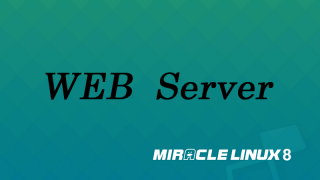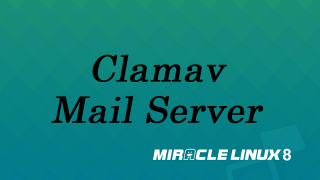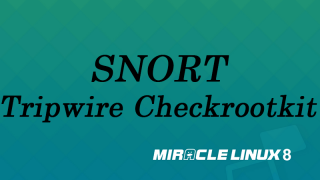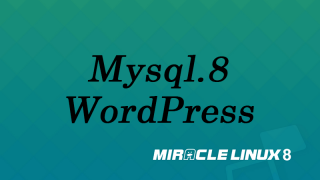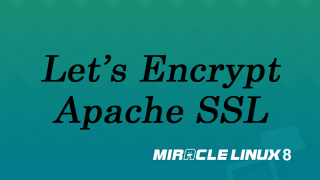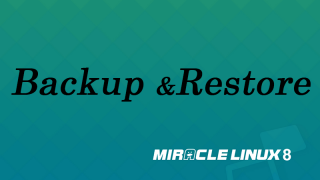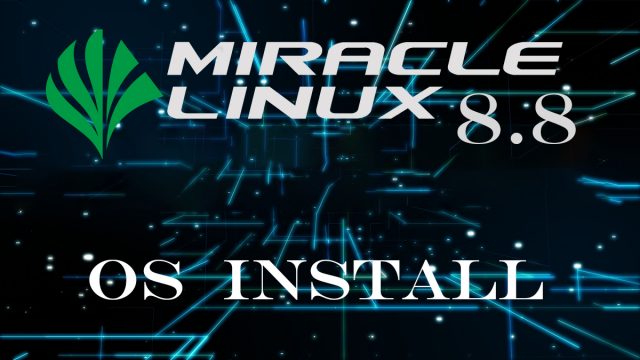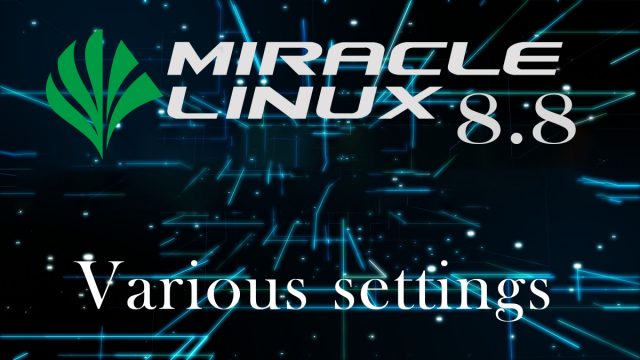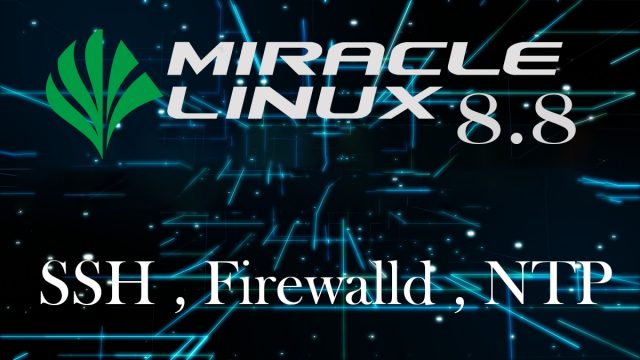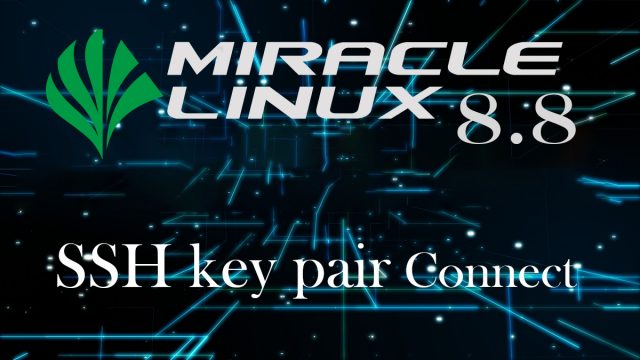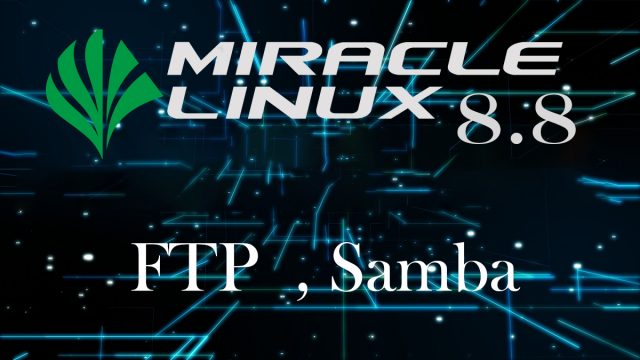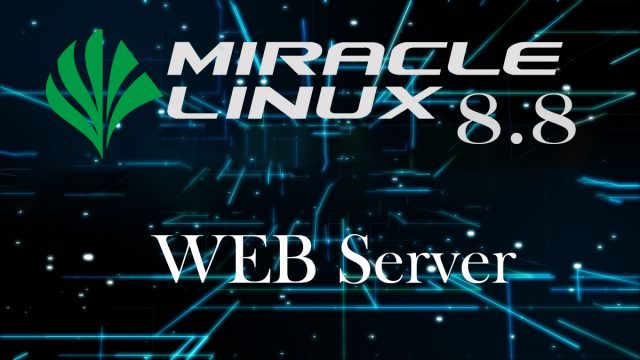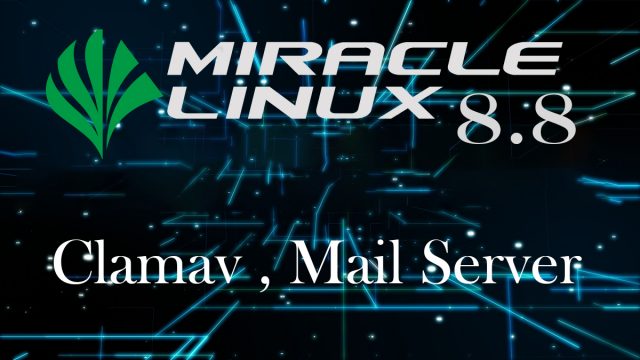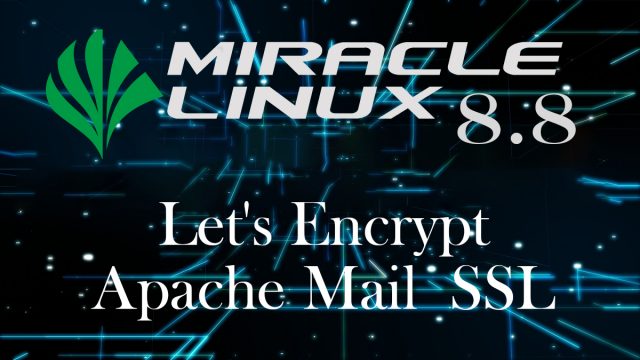MiracleLinux8.8 : OS Install
MiracleLinuxMIRACLE LINUX is a Japanese Linux distribution provided by Cybertrust Corporation.Development was started by Miracle Linux (now Cybertrust), a company established by Oracle Japan and NEC in June 2000 to ensure stable operation of the Oracle Database for business to enterprise use.It has been built as a RHEL base since Version 2.0 released in May 2001, and as a complete RHEL clone since Version 6.0 released in January 2012.The latest version is 8.8, released on October 05, 2023, but can be installed just like 8.4.MIRACLE LINUX, a well-known domestic RHEL clone, was initially a commercial OS with a paid license, but following the demise of CnetOS8, it was announced that it would be offered free of charge starting with the latest 8.4 version. Therefore, this OS is currently in the limelight as a candidate for migration from CentOS8.
2023.10.12
MiracleLinux8.8_en
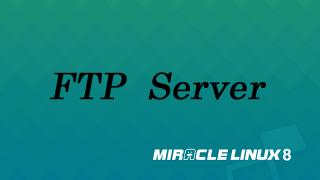 MiracleLinux8.4_en
MiracleLinux8.4_en 
